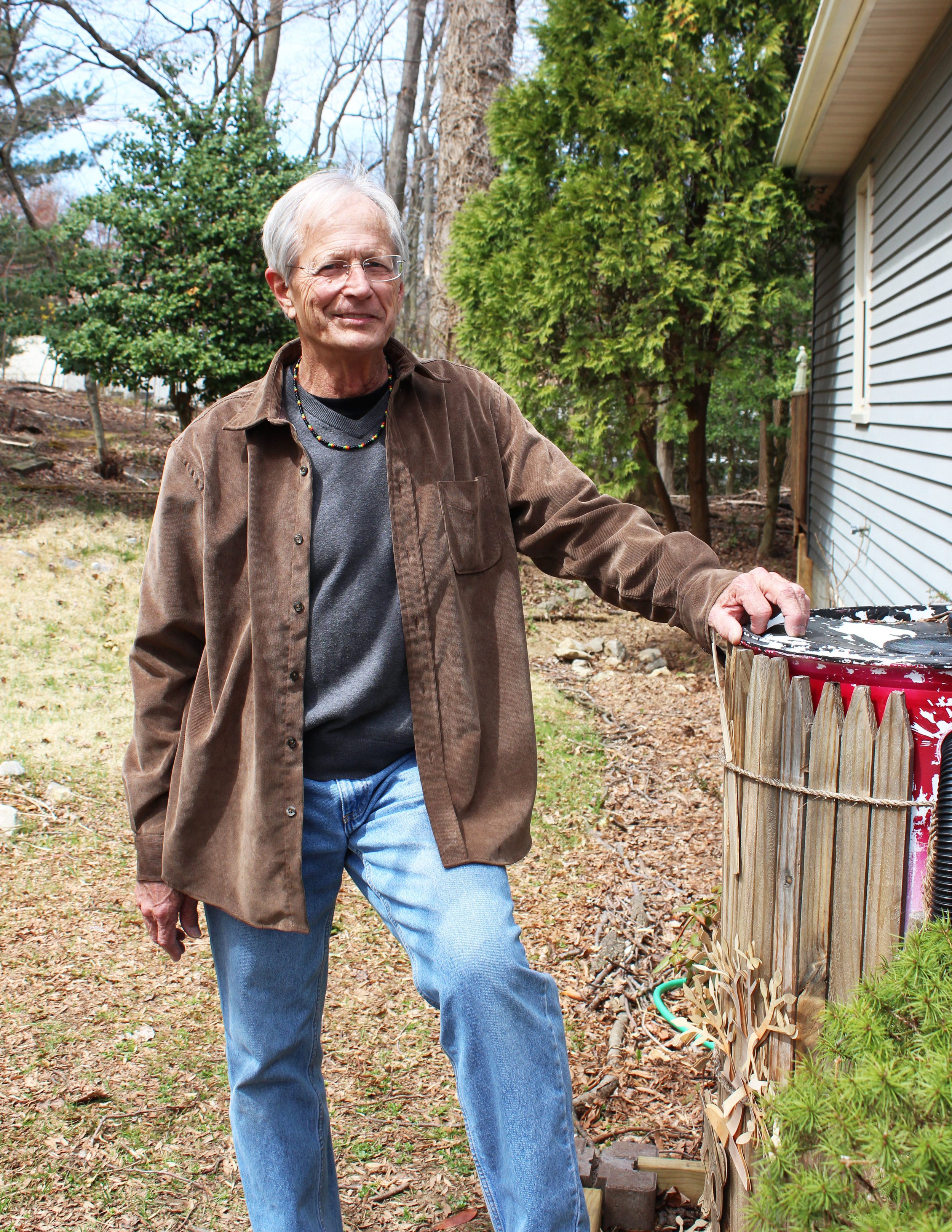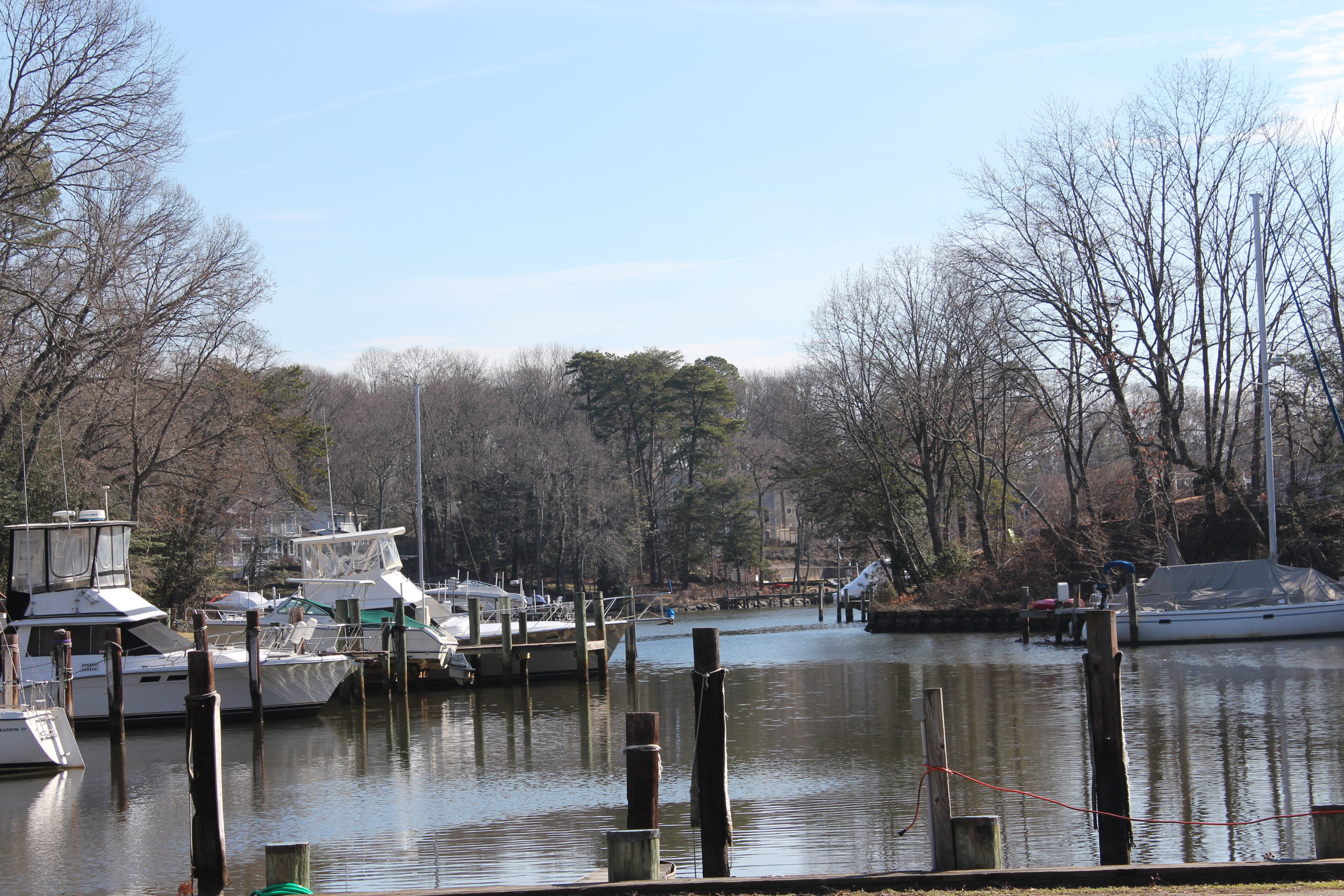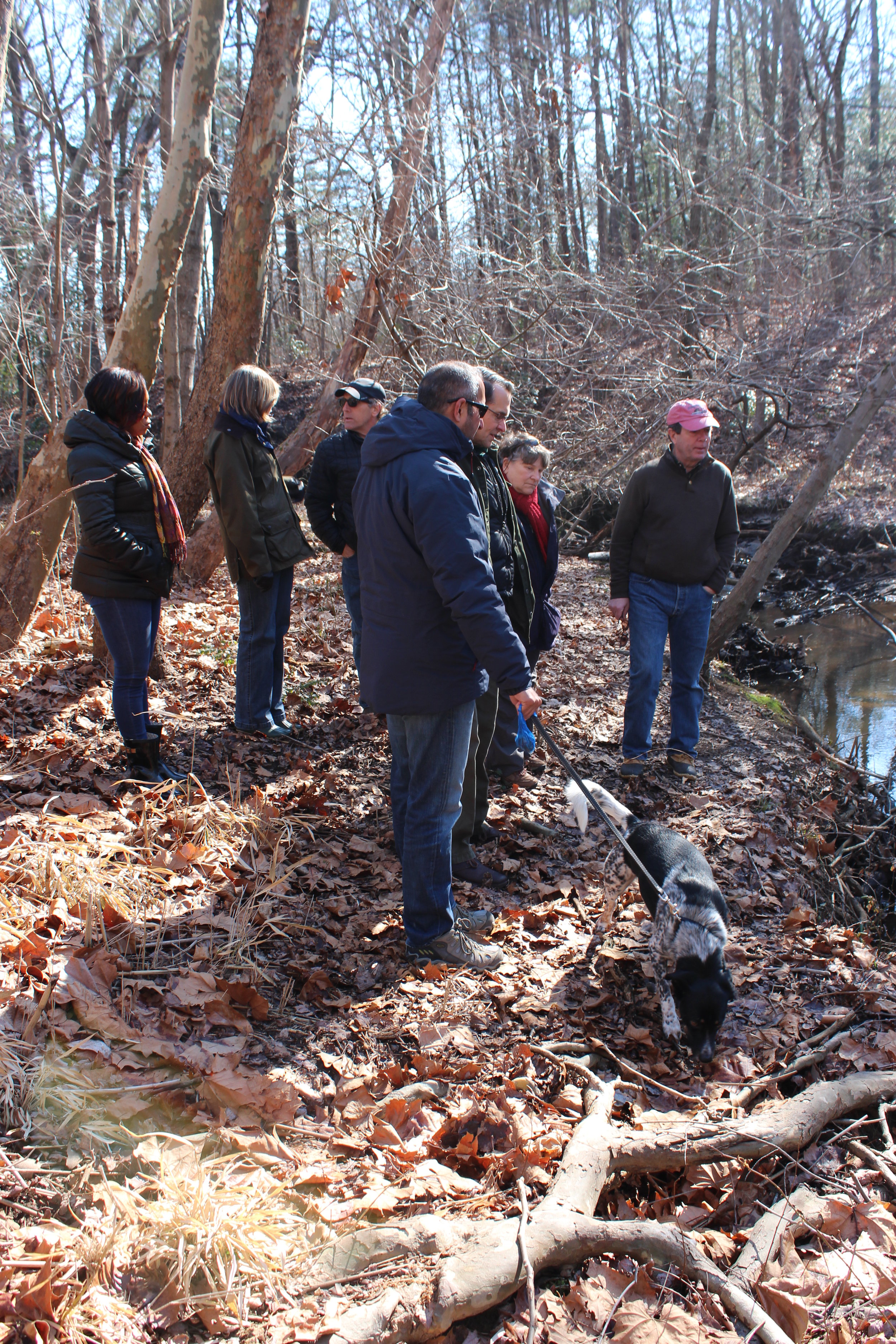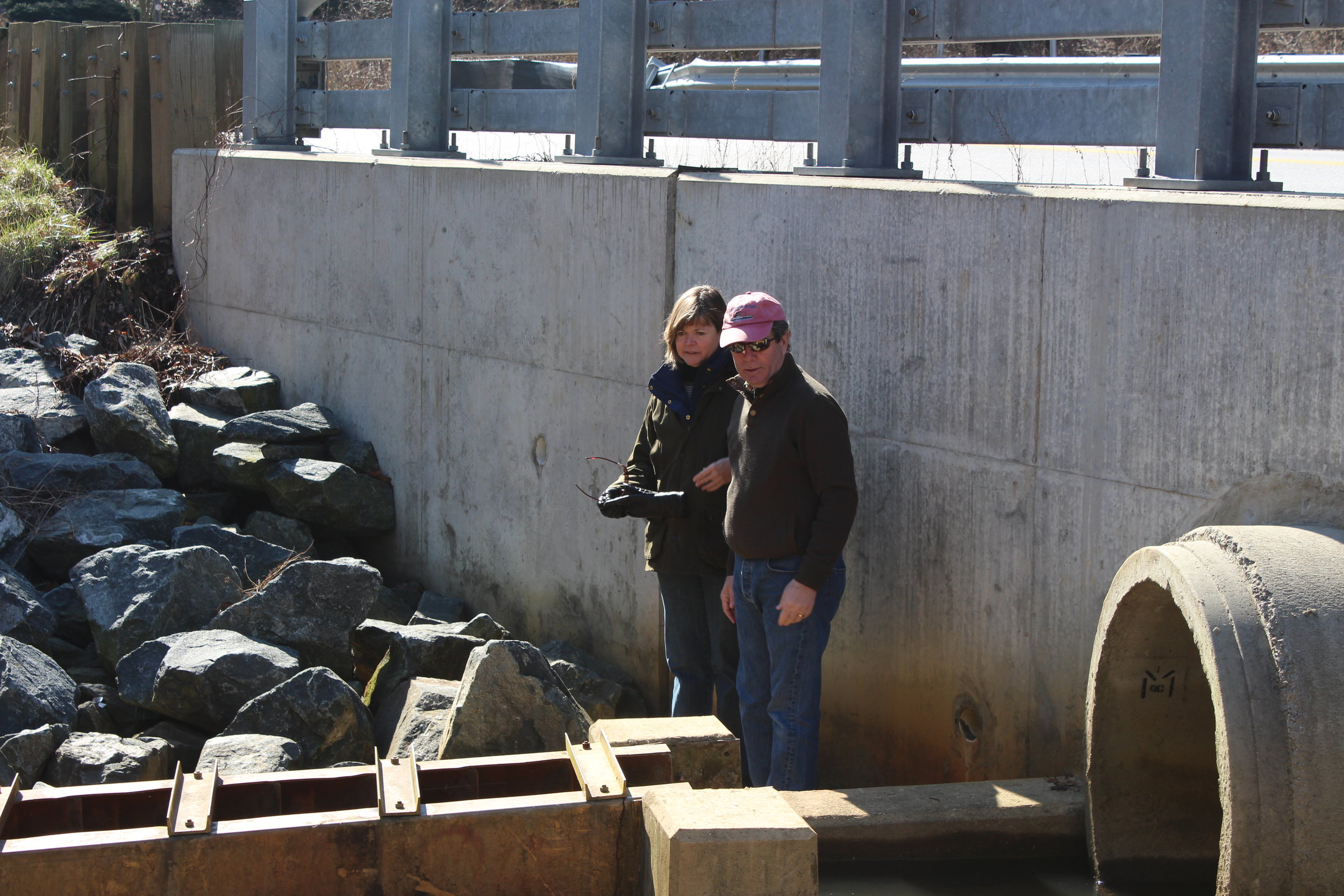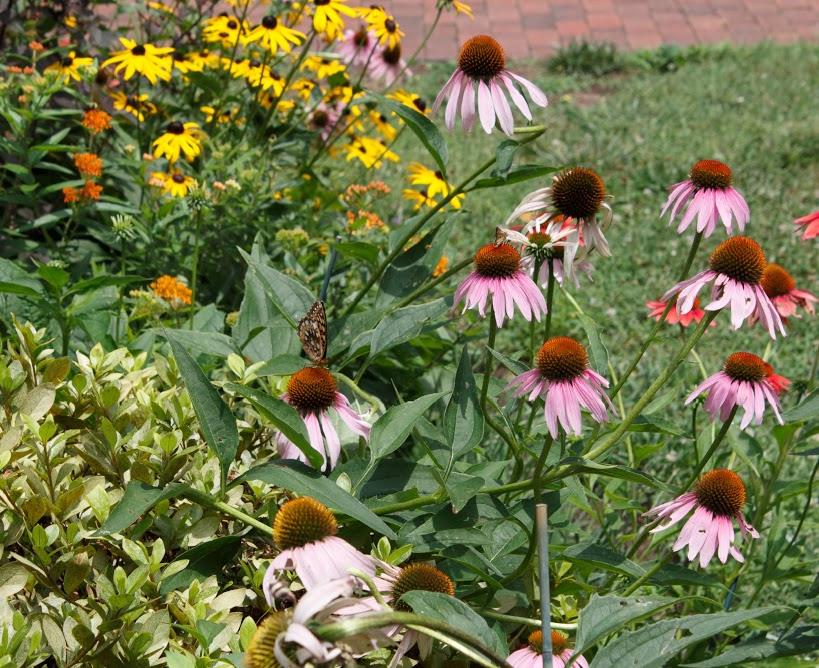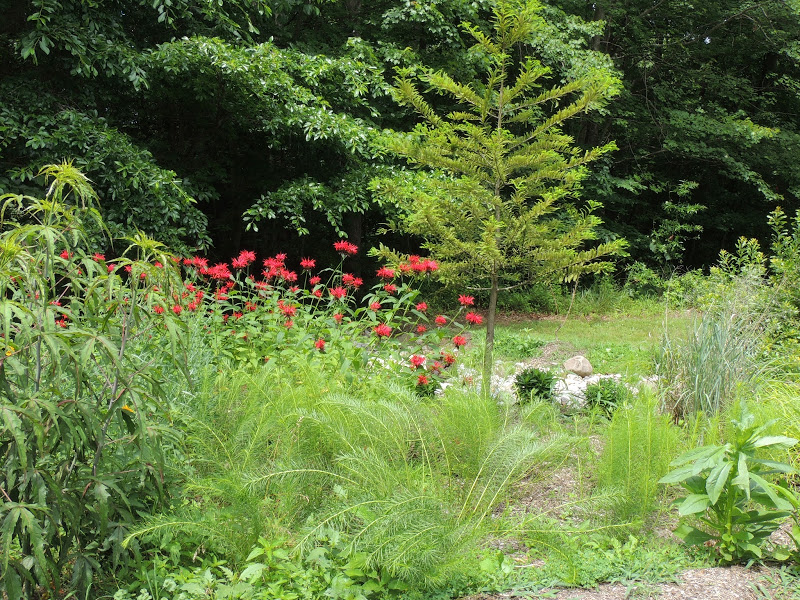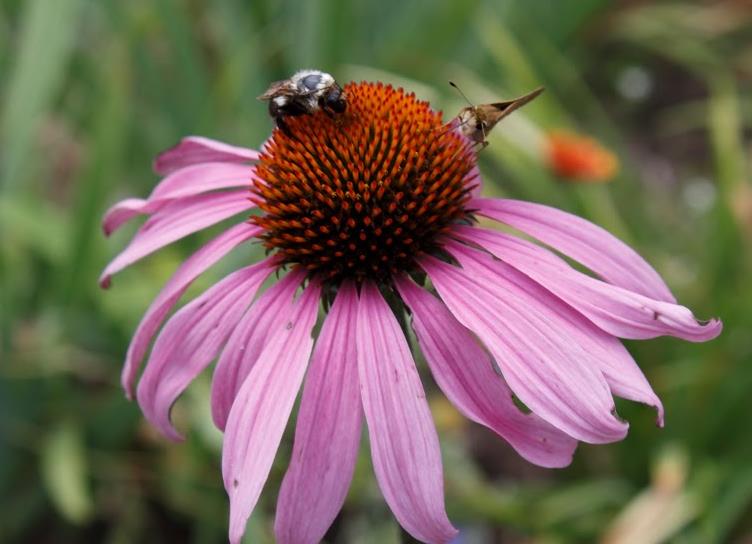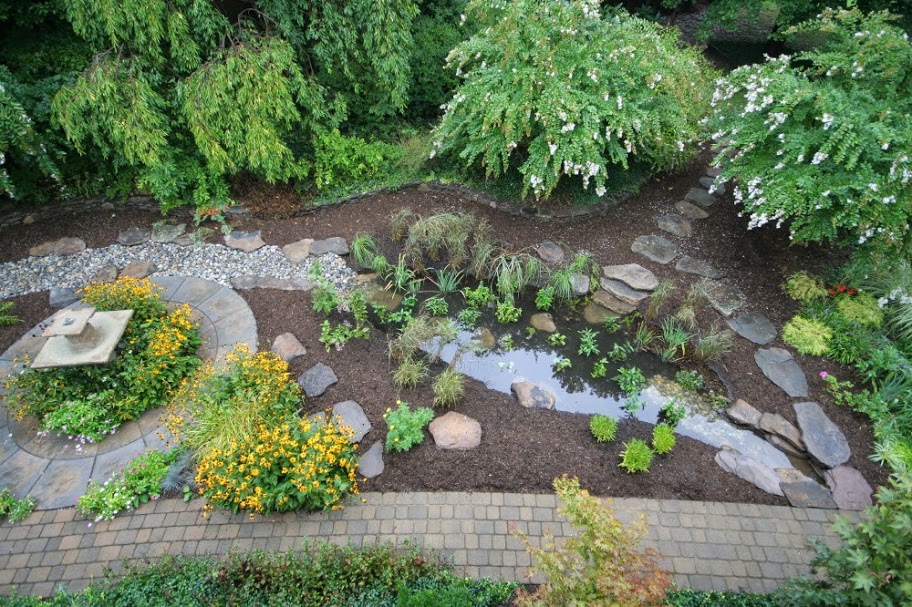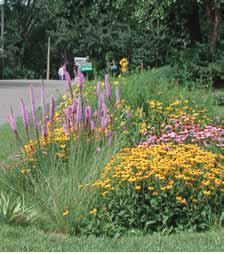Bill Mitchell, Class 9
Why did you become a Master Watershed Steward?
Since I took an Ecology course in my first year of college and read Rachel Carson’s ‘Silent Spring’, I have been an advocate for sensible environmental policy and practice. The Watershed Stewards Academy offered an opportunity to interact with others and become part of the Environmental Activist community. Being passionate about trees, plants and wildlife is a calling and a noble mission. It is important to share ideas and strategies with like-minded people. WSA has given me that opportunity.
What was your capstone project?
My original Capstone project was to develop minimalist woodland management techniques for watershed woodlands. After 6 months of effort this project was stalled by the bureaucracy so we went to Plan B. This was a Dry Creek Meadow landscape with a Rain Barrel water-feed. This went well and was completed on time and under budget.
How did you hear about WSA?
A friend of mine, Jesse Brogan, is a Master Watershed Steward. After talking with him and some online research, I attended a WSA orientation program and enrolled for Class 9 soon after.
Why is restoring the waterways important to you?
The waterways are the life-blood of the planet. Clean water is essential to life as we know it. Everything we value in life is tied to the water. Everyone has a responsibility to keep the water clean.
What was one of the most surprising things you learned during the certification course?
I found the local political process and the acceptance of practical solutions to be divisive and competitive. Collaboration between people, even on an agreed issue, aka Environmental Management, is fragmented when it comes to engaging whole communities. There are many Bay/Watershed organizations and groups all competing for the same funds and people.
What was your favorite project you worked on after becoming a Master Watershed Steward?
I have been promoting the ‘Minimalist Garden’ concepts developed from my WSA projects. My goal is to create a profitable business while cleaning-up the watersheds.
What is "Minimalist Gardening"?
Minimalist gardening is a way to manage natural debris. Zen, common sense, arms, legs and hands are used to nurture the landscape. Properly stacked and organized forest litter breaks down faster as it provides habitat for plants and animals. This technique has reconnected me to the natural world. The first step is to define the paths. Then find plants and natural landscapes as you walk the paths through the brush and around the trees. Use the natural building material that lies all around to control erosion, create habitat and highlight the trees and plant beds.
What advice do you have for our Class 10 Steward Candidates?
The Environmental Movement, of which WSA is a part, must be a collaborative effort that is sustainable.
How do you plan to continue engaging the community in your environmental efforts?
I will continue to write articles and poetry about the environment and present it in various media venues. I am also working to establish a woodland management and Minimalist landscaping enterprise.
Interested in learning more about Minimalist Gardening? Contact Bill.

